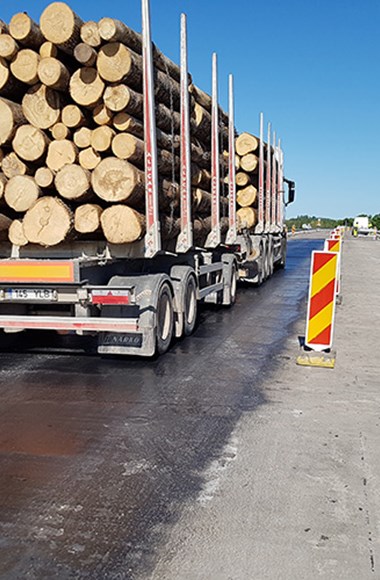
Bridge repairs streamlined thanks to waterproofing with polyurea
Waterproofing bridge decks with complete Teknos’ Polyurea coating system enables continuation of the traffic during bridge renovation and speeds up the turnaround time.
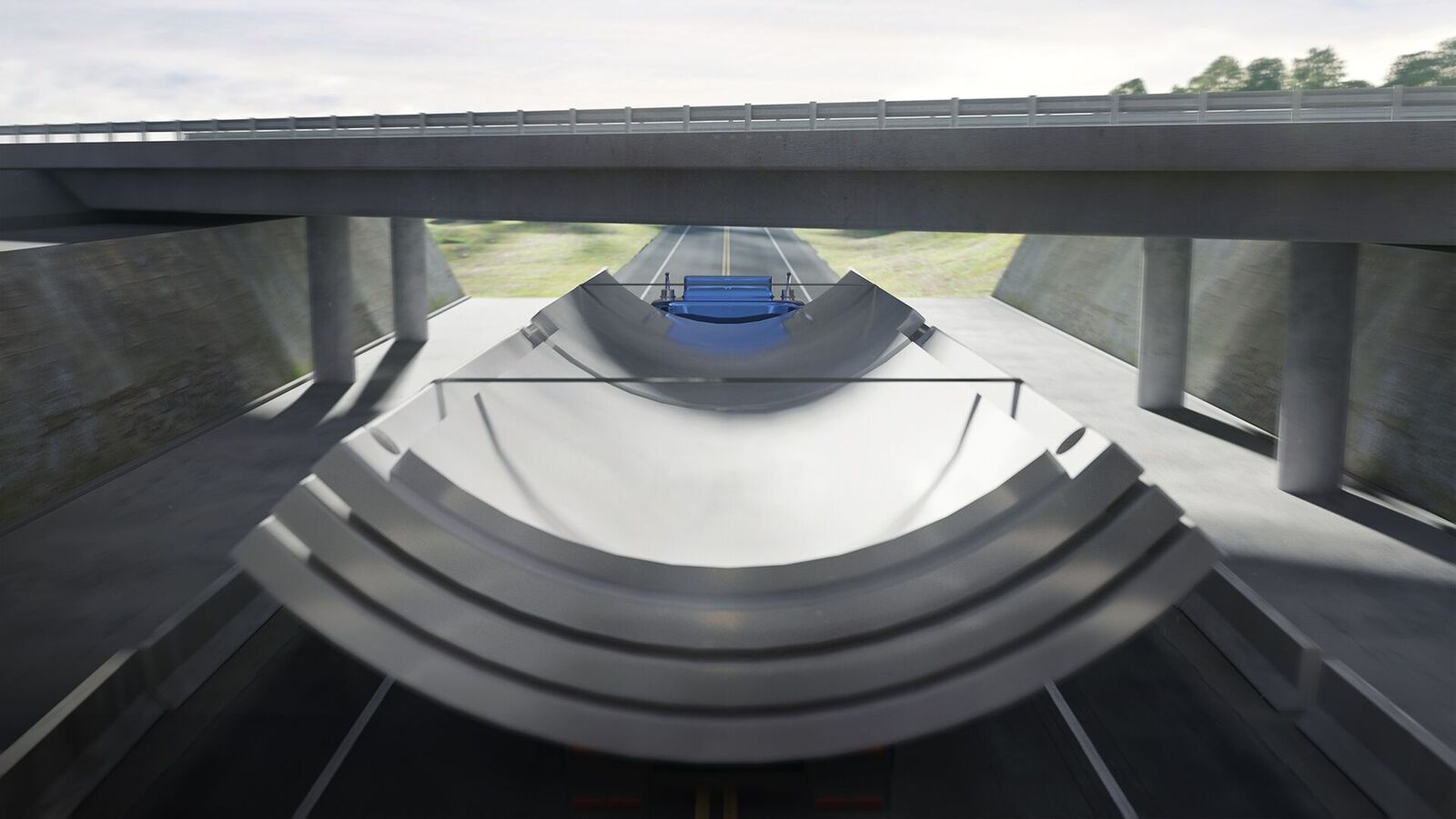
Stackable, lighter-weight wind turbine towers designed of laminated wood modules answer the transportation problem related to the ever-growing turbine tower heights. Lightness and the possibility to stack the modules bring mechanical design advantages, efficiency and cost savings. In addition to cost savings, producing turbines from wood reduces carbon emissions of the wind energy. From the start of Modvion’s innovative wooden tower design, Teknos’s professionals have been involved in the weather protection plan, intensively working to build up complete waterproofing and impact resistant polyurea coating system for the wooden material.
Swedish engineering and industrial design company Modvion has developed modular wind towers that use laminated timber as structural material instead of traditionally used steel. As the sizes of the wind turbine towers are expected to grow in order to produce more electricity, the innovation solves the issue of transportation, which becomes complex as over 100-metre-tall towers of diameter exceeding 4.3 metres. The modular, stackable glulam towers make the high-altitude wind power more cost efficient, minimize the weight, and give net zero emissions of CO2.
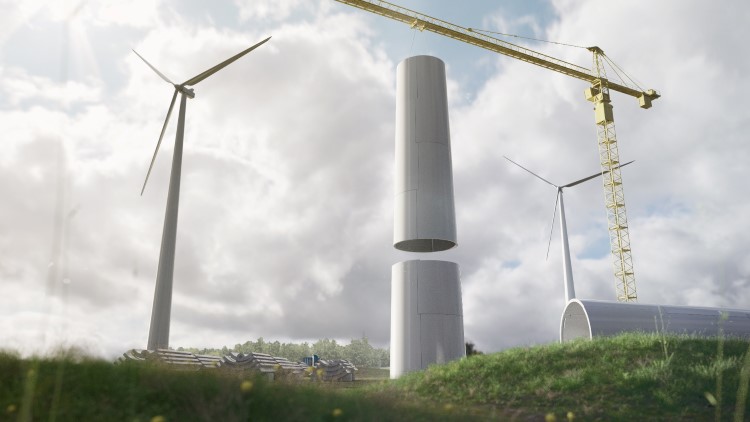
As wood is a living material, it is important to prevent the moisture from penetrating the towers’ structure in any climatic conditions. Also, impact protection is important. As a coating systems provider and well-known polyurea manufacturer in Sweden, Teknos has been involved in the weather protection plan from the start, most importantly as a consultant providing much‑needed knowledge on the surface treatment.
Teknos’s technical service professionals have adjusted a painting system to the wooden turbine towers where polyurea is the key. Protecting the glulam modules with polyurea brings various advantages: it improves mechanical protection, and most importantly, it brings waterproofing and weather resistance.
Priming solution was selected and tested rigorously. Wood as a material has its natural porosity which determines the basis of a suitable coating system. Before being sprayed with polyurea, the laminated timber requires the correct priming treatment for sealing the surface in order to avoid issues that occur naturally in wood such as pinholes and resin oozing knots. Technical service professionals at Teknos have worked intensively to find the best protective priming system and the optimum drying time. To finish off, polyurea receives an UV resistant top coat in order to protect the towers from the sun’s embrittling effect.
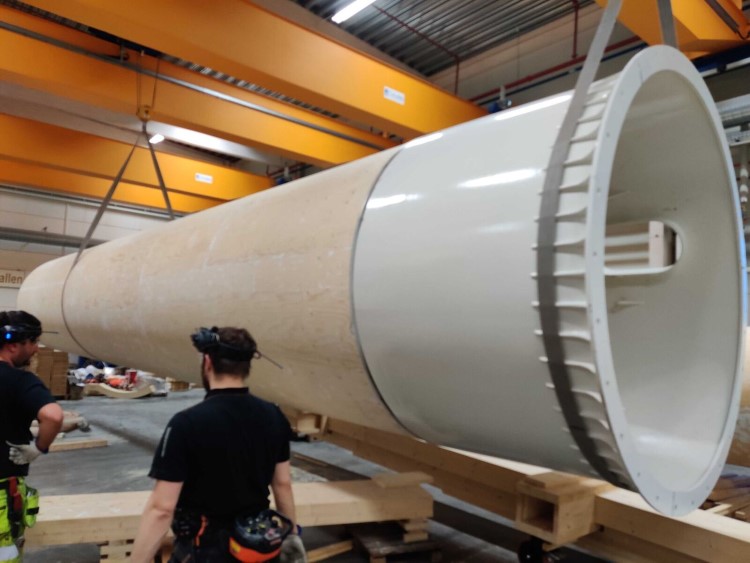
Picture: Wooden tower before painting
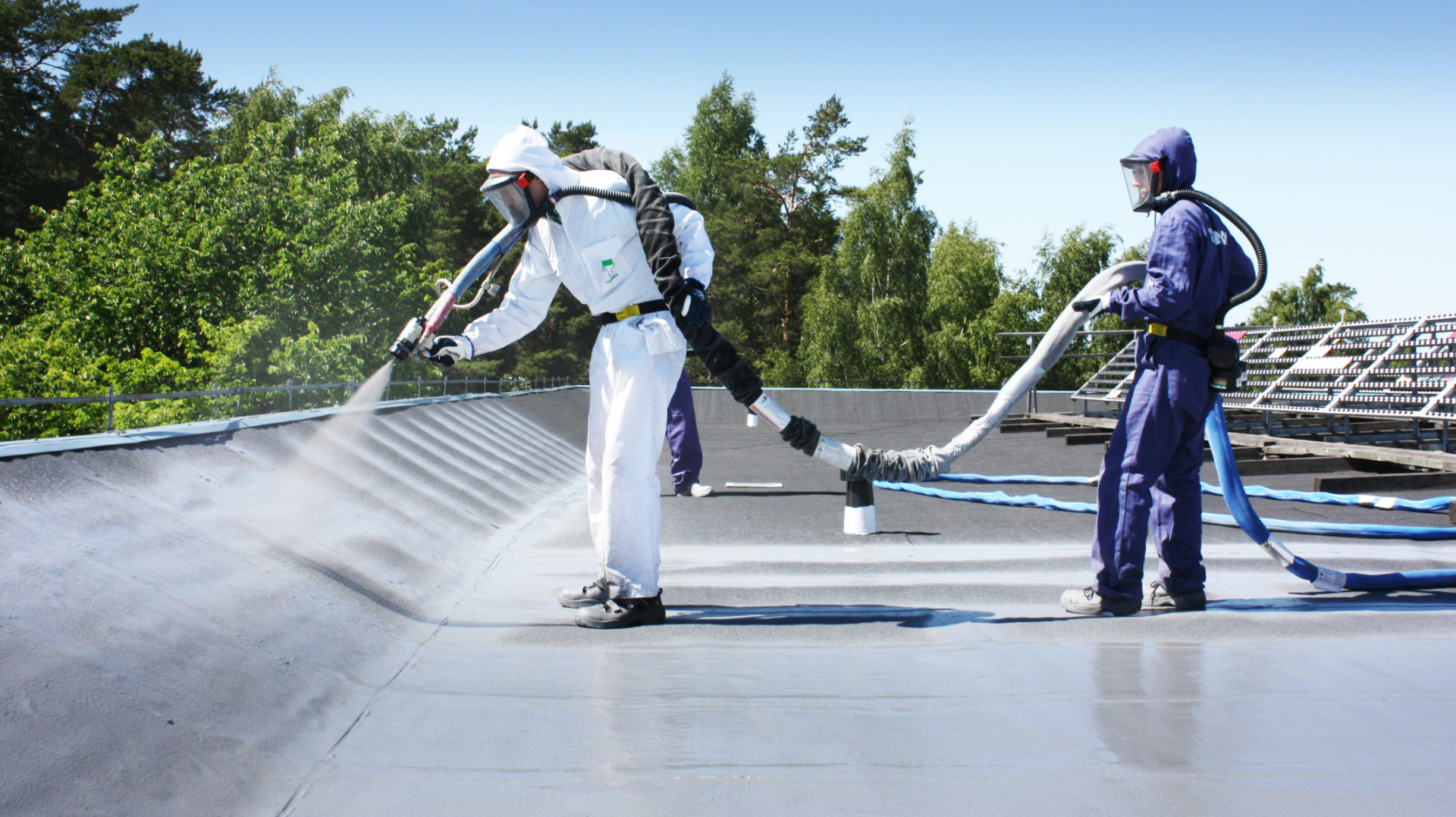
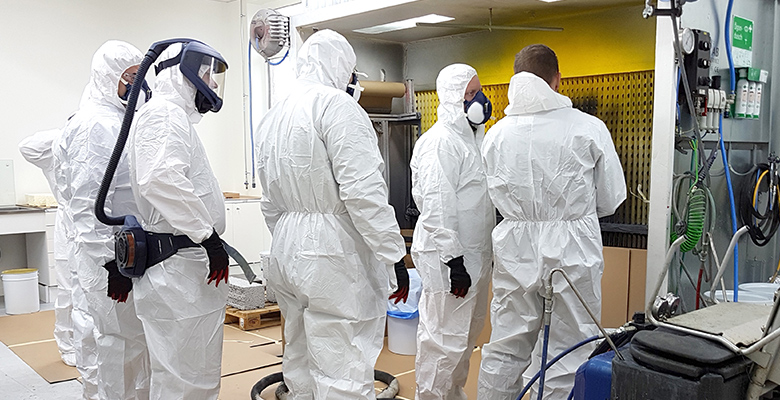
How to become a certified polyurea applicator? We train all our new polyurea customers to excel in all aspects of polyurea usage, including product chemistry, theory, and practical issues such as equipment, safety, spraying technique, and troubleshooting.
In addition to local polyurea training, we often participate in the first sprayings at the customer site to a successful start and smooth first deployment of polyurea coating.
* Indicates required field
By submitting your contact information you agree the Teknos Privacy Statement. Your personal data is only for Teknos use and will not be shared with third parties.
Are you interested in industrial painting? Subscribe to our newsletter!